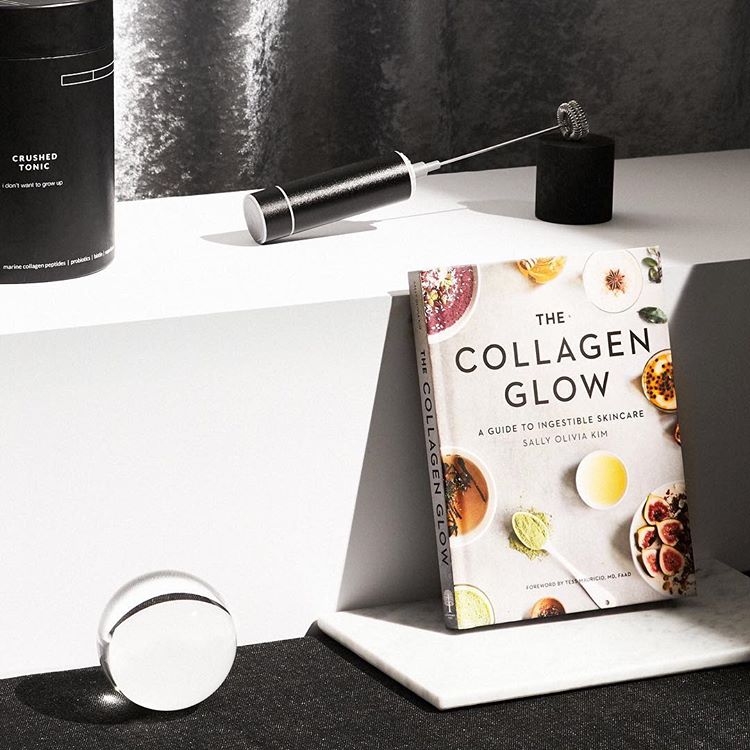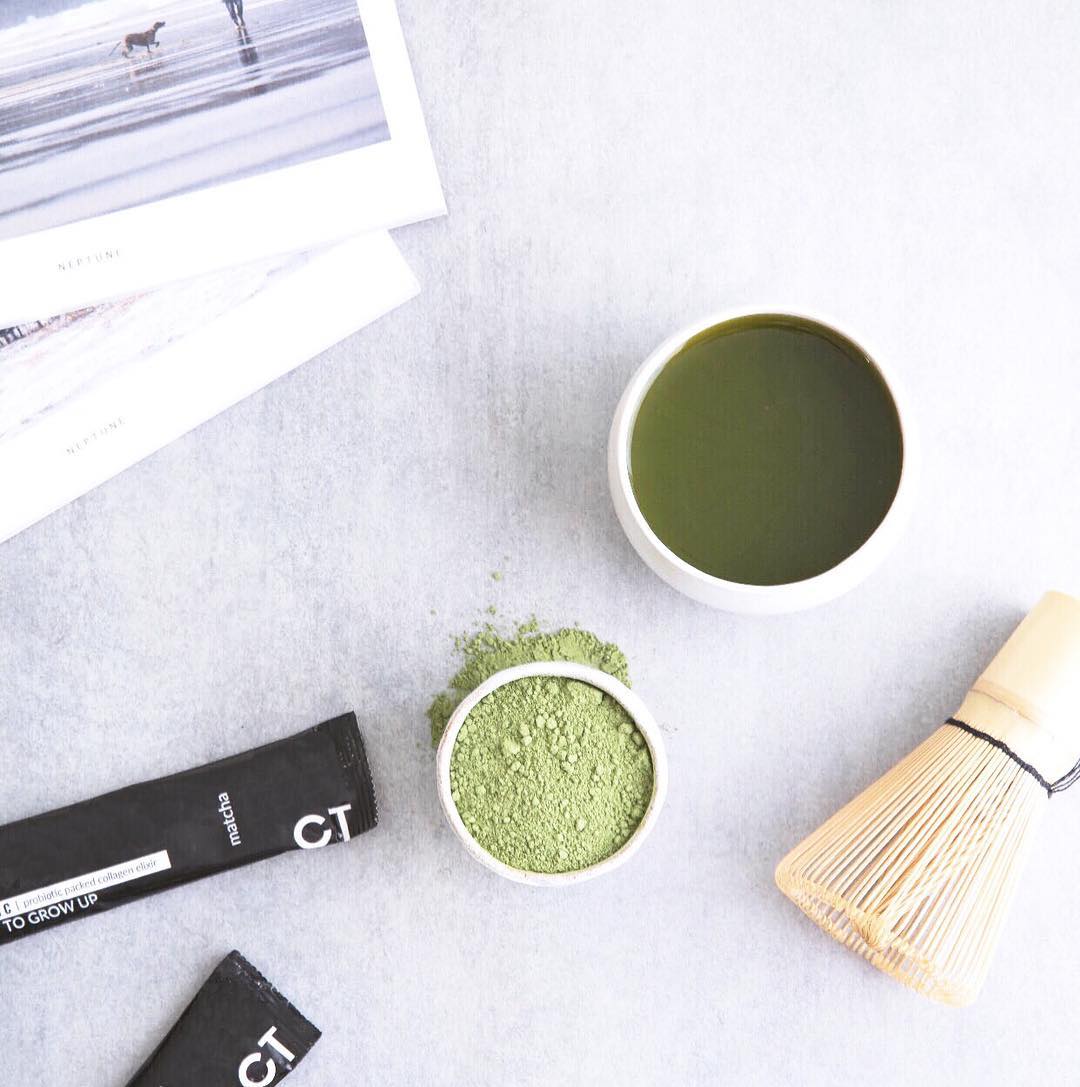Vacation season is upon us and you’re probably planning your next trip to a sunny destination to get your vitamin D on. Before you lay out in the sun for hours with your new book, remember to slap on the sunscreen all over so you don’t have serious regrets later in life. I’m talking about major skin damage from the sun from your seemingly insignificant time in the sun.
Think it’s no big deal? Think again.
At this point, you’ve probably heard every excuse in the book for why people don’t wear sunscreen. From tanning-related reasons to a general notion of sunscreen being completely unnecessary apart from using it at the beach. Well, I’m here to tell you, sunscreen needs to be worn every. single. day. Yes, I mean every single day.
Effects of frequent and prolonged exposure to the sun over time:
- Increased risk of skin cancer
- Sunburn
- Skin discoloration (age spots, sun spots, hyperpigmentation, freckles, etc.)
- Wrinkles and other signs of aging
- Leathery skin from reduced elasticity
As you can see, there can be dire consequences resulting from not wearing sunscreen, especially when you are in direct sunlight frequently (even if it’s for a few minutes a day). So think twice before you go out for your run, to work, or out on the weekend without sunscreen. It is also recommended to limit sun exposure between 10 am – 2 pm when the sun is at its peak.
How does sun damage occur?
The sun’s UV rays (UVA and UVB) penetrate the outer layers first, and with prolonged exposure or direct sun exposure, the rays will continue to penetrate the dermis (the middle layer of skin), killing the skin cells and thus damaging your skin. The sun’s ultraviolet rays damage the fibers in the skin called elastin which causes skins to sag, stretch, and lose its ability to bounce back after stretching. The skin will also take longer to heal from bruises or tears over time. The results of sun damage won’t be obvious when you’re young, but its effects will show later in life.
TLDR; exposure to the sun speeds up the aging process and increase your risk of skin cancer.
Now that you know all the risks to sun exposure, let’s dispell some of the myths about sunscreen:
“Sunscreen is sunscreen.”
I hate to break it to you but not all sunscreen is created equal. There are actually two types–chemical and physical sunscreens. Chemical sunscreens have shown to pose health risks because they are absorbed into the skin and studies have shown that they may cause disruptions in hormones. The four chemicals in sunscreen you need to avoid are Oxybenzone, Octinoxate (Octyl methoxycinnamate), Avobenzone, and Retinyl Palmitate. Not only are these chemicals potentially harmful to your health, but they are also toxic to coral reefs (more on that later).
So what kind of sunscreen should you be looking for?
Physical sunscreens use minerals such as zinc oxide or titanium oxide that form a barrier between the sun and your skin. The Environmental Working Group (EWR) rates mineral sunscreens the highest in terms of efficacy (since they don’t absorb into the skin).
When purchasing sunscreen, always look for broad spectrum SPF which means it should protect you from UVA and UVB rays.
Did you know that the chemicals used in sunscreens are killing the coral reef and organisms that depend on it? Good news is that mineral-based sunscreens are considered reef-safe. About 14,000 tons of sunscreen is believed to be deposited in oceans annually, resulting in the greatest damage found in reef areas such as Hawaii and the Caribbean. You can stop the damage by swapping out your usual chemical sunscreen for reef-safe sunscreens for face and for body.
“I want to tan.”
The notion that wearing sunscreen will prevent you from tanning is absolutely false. No, it does not prevent you from tanning but rather from burning; you’ll tan based on your skin’s melanin, not on how much sunscreen you have on.
“I am not going to be out in the sun for that long. I’m just going to the grocery store.” or “I work in an office all day.”
Even if you’re working from home, you need sunscreen. Windows from your home, car, on the train or even your office windows that let in sunlight, will filter out UVB rays but not UVA rays. Always, always wear your sunscreen.
“I never get sunburnt.”
Even if you don’t burn easily after spending time in the sun, you still need to put on sunscreen to protect yourself from UVA and UVB rays that can cause aging, skin discoloration, and skin cancer. The degree to which you get sunburnt is not a sign that you’re not going to get skin cancer.
“I don’t want flashback.”
Face sunscreens are notorious in the beauty community for leaving a white cast or having ‘flashback’ (when taking pictures with flash, SPF may make your skin look lighter), but there are a ton of sunscreens out there now that will appear nearly invisible–or that give you minimal flashback.
For people of color, it can be especially difficult to get sun protection without the white residue. Luckily, the beauty industry is taking note of this and there are great options for sunscreens that are virtually untraceable on the skin for people of color. Another great tip is to find tinted moisturizers or foundations that contain SPF 30-50 that match or blend into your skin tone.
“I have darker skin, therefore I don’t need sunscreen.”
It’s true that folks with lighter skin can burn more easily and have a higher risk of developing skin cancer than those with more melanin in their skin, but it is absolutely false that having darker skin will absolve you of needing to use sunscreen. Although skin cancer is less frequent in people of color, it is more fatal–as shown in a study conducted by The Journal of American Academy of Dermatology. The solution? Lather up no matter what.
“My SPF 100 sunscreen should last me all day.”
SPF 30-50 is considered an adequate amount to protect against UV rays. SPF higher than 50 is negligible because you’ll still need to reapply sunscreen every two hours. In fact, more SPF does not mean longer lasting sun-blocking power–it can actually mean that there are added chemicals in the sunscreen that can pose health risks. As a rule of thumb, always use between SPF 30-50 for sunscreen.
“I applied sunscreen on already and reapplying is too difficult.”
Realistically, people have a hard time reapplying because of the hassle of having to slather on more sunscreen, but if you’re in the sun for extended periods of time, this is an absolute must. Now, it’s more convenient than ever to reapply with powders, sticks, lotions, and sprays, so there really is no excuse.
“I went through my whole childhood without sunscreen and I don’t have skin cancer. My kids don’t need it either.”
Children should be taught to apply sunscreen whenever they are exposed in order to form a healthy habit and reduce the risk of skin cancer. Your child might be outdoors more often than you were growing up–you never know–don’t add to their risk of skin cancer. As parents, you should always pay attention to any birthmarks or moles your child has in order to distinguish a mole your child was born with between a new mole that may turn out to be malignant melanoma.
Doctors do not recommend applying sunscreen on infants under 6 months old. Instead, it’s recommended to limit sun exposure completely (stay inside), seek shade, or have your baby wear a hat. Consult a doctor if you are planning to be outdoors with your baby and are concerned about sun exposure.
“It’s cloudy outside.”
False. Sure, the clouds are covering the glorious sun, but it doesn’t mean that the sun’s UV rays are blocked too. UVA and UVB rays are able to penetrate through those wimpy clouds and cause skin damage and all of the above. And yes, you can get sunburnt on a cloudy day.
Please please please wear your sunscreen–and make it reef-safe at that. Share this post and be an advocate for sun safety among your family, friends, and beyond!


